So, for the new food and wine lover, here is my four-step guideline to wine appreciation.
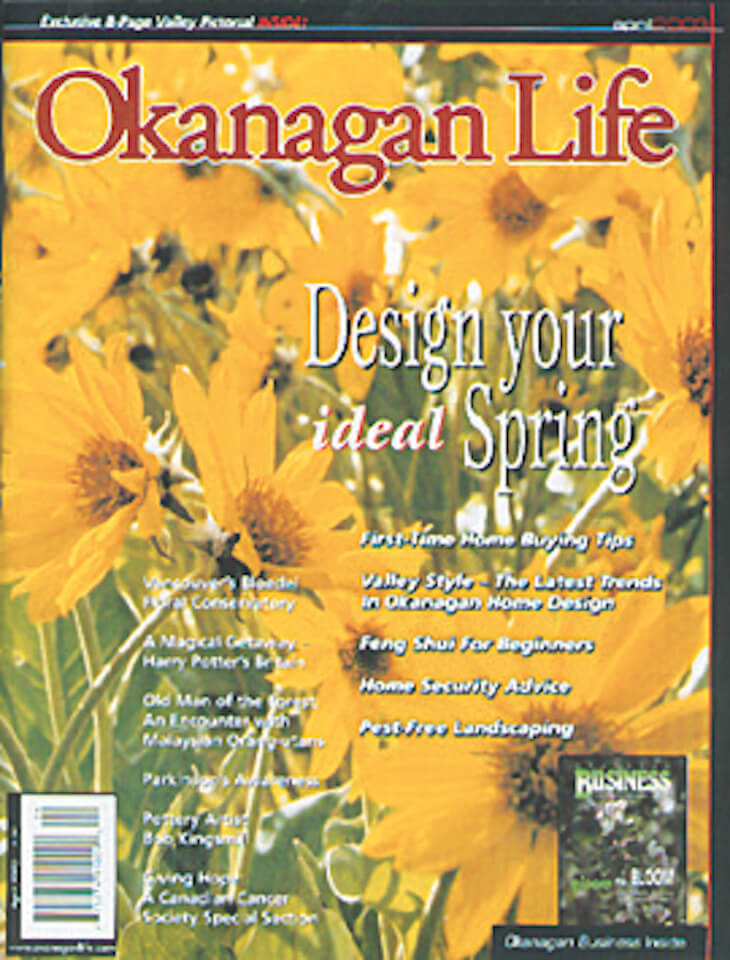
By Dennis Dwernychuk

Mia Papodopoulos tasting at the Okanagan Life wine awards in 2016
Times are a changing! What does it tell you when the world’s largest fast food company experiences it’s first revenue loss. Perhaps North Americans are fed up (no pun intended) with animal fat-soaked artificial beef and chicken parts. We are slowly but surely taking on the health conscious Mediterranean diet; olive oil instead of butter, garlic, Provençal herbs, fresh fruit and vegetables, lean meats, and an exponential demand for red wine. More and more consumers are appreciating the satisfaction of preparing healthy meals accompanied by a robust glass of wine.
So, for the new food and wine lover, here is my four-step guideline to wine appreciation. This analysis demands an unpretentious attitude; there is no such thing as a wine expert. I have been in the business for more than 25 years, and I haven’t come across an “expert” yet. Every bit of wine knowledge you acquire makes food and wine pairing that much easier. Here goes!
First
Appearance: Make sure you have clean stemware, well rinsed, with a sufficient bowl and tapered top to allow a sample to be swirled without it being ejected onto your neighbour’s white satin dress. Premium glass manufacturers like Reidel and Villroy and Boch have several shapes and sizes for different varietals at a premium price. I have found the classic Bordeaux style to be the best overall glass shape.
Pour only one third of a glass. This will allow you to effectively swirl the wine and release the aroma components up the inside surface. Look for both colour and clarity.
The sample should be free of haze, cloudiness and surface film. Any of these conditions may indicate bacterial spoilage or other defect. Older wines should be stood up in bottle for a few days and decanted prior to serving. I decant all red wines.
Colour is observed at the far meniscus line and the centre of the bowl. Look for intensity, opaqueness, or transparency. White wines gain colour with age, while red wines loose colour with age. White wines change from yellow-greens through golden yellow to yellow-brown while red wines change from purple through purple-red to garnet to red-brown; all a function of natural reductive oxidation.
Second
Aroma: Smell is everything! Most of wine appreciation resides in your nose. Aroma is divided into:
- Primary – characteristics of a particular grape variety. Each grape has an identifiable genetic blueprint predisposing it to a set of specific aromas – Merlot vs. Cabernet Sauvignon vs. Shiraz.
- Secondary – aromas associated with alcoholic fermentation
- Tertiary – also known as bouquet, the essence derived from oak barrel and/or bottle maturation. When nosing a sample, use specific adjectives; cassis, blackberry, pineapple and so on, rather than flowery or fruity. This will develop your ability to distinguish among and between the varietals. Shiraz from British Columbia, Australia, and the Rhone Valley of France will have similar but unique characteristics as a function of soil, micro-
climate, grape growing, and wine making techniques specific to each region.
Third
Taste: Your tongue is divided into four main receptor areas. The front detects sweet, the sides acidity – what many call sour, salt is tasted over the entire surface, and bitter at the back.
That’s it. What you perceive as flavour is a combination of these four areas plus a retro-nasal effect.
Tactile sensations of weight and body are primarily due to the effects of alcohol; increases in the alcohol content increase your perception of sweetness, glycerol, tannin; the drying effect over the entire mouth surface, and residual sugar.
White wines should be “balanced” between the perceptions of sweetness and acidity while red wines are balanced among sweet, acid, and tannin for any given level of flavour perception.
Fourth
Finish: the perceived persistence of flavour after swallowing. This perception should be consistent with the aroma and flavour intensity. The longer the better! A totally balanced wine possesses integration and equivalent intensity between aroma, taste, and finish.
Make notes on the attributes you appreciate in particular wines. Remember wine tasting is subjective, what you appreciate will be different from what I like. The differences are a function of our tasting and smelling experiences throughout our lives. The main thing is to have fun.
Finally, two service tips.
- Chill white wines only one hour prior to serving. Your palate’s ability to perceive detail in wine is a function of molecular size. The colder the sample the more difficult it is to sense the full extent of a white wine’s character.
- Decant all red wines. This will release the aroma and flavour components. I constantly hear people comment that the wine was better when the bottle was almost empty. Removing the cork to let a wine “breathe” is a
fallacy; only the top inch of wine benefits.
Now get out there, gather some friends and do a blind tasting. What a great way to learn about this growing lifestyle. Cheers!
Read more of the original stories celebrated in our 30th-anniversary issue.
Pelmewash Parkway transferred to Lake Country
The District of Lake Country and the Ministry of Transportation and Infrastructure have signed an agreement for the transfer of ownership of Pelmewash Parkway. “Although we’ve had our share of challenging natural disasters and emergencies that have impacted many in...
Tedx Kelowna speakers wow sold out crowd
The 2017 TedxKelowna event was held at the stunning Quails' Gate winery property to a sold out crowd. Speakers included Ft. McMurray Fire Chief Darby Allen. After decades of fighting fires, first in his native England before immigrating to Canada, he climbed the ranks...
Air quality impacted by smoky skies
Residents in communities across Interior Health affected by fires burning and resulting smoky skies should be aware that smoke conditions and local air quality can change due to the unpredictable nature of fires. Some individuals may be more sensitive to the effects...
It was a P-A-R-T-Y this weekend in Kelowna
Superstars Dean Brody and James Reimer rock for World Vision Superstars Dean Brody and James Reimer joined a crowd of over 700 this weekend for the #LoveCanKelowna event. Together, participants raised over $263,000 for clean water projects, ensuring that 5,280 more...
Sherman Doucette takes the stage for Parks Alive
Join Parks Alive this week in Kelowna's parks. All concerts are free but donations are welcome. Valley First Community Music Tuesdays Location: Ben Lee Park July 11 “A Night of Variety” 6:30-8:30 6:30 Hot Air Cool Tunes (Jazz Flute Blues, solo) 7:30 Kelowna’s Rowdymen...
Grand Sommelier Express raises funds for steam railway
In June, the 23 members of Bottleneck Drive Winery Association hosted a tasting experience on-board the elegantly restored Kettle Valley steam train, showcasing delicious offerings from local wineries alongside the natural beauty of Summerland. Following a sparkling...


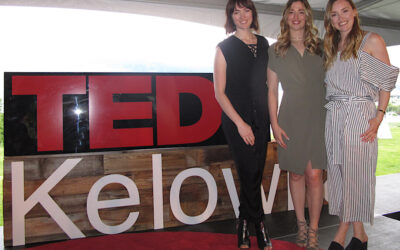




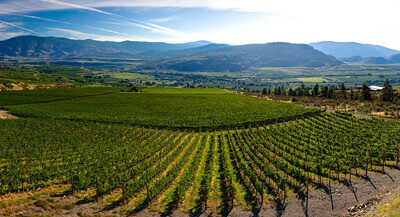
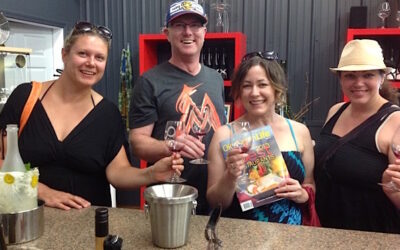
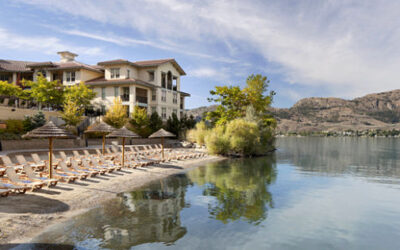
0 Comments